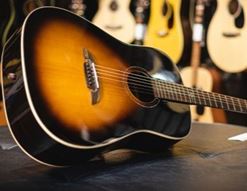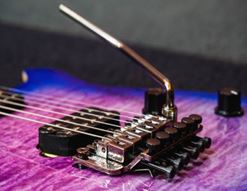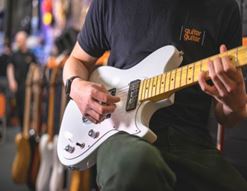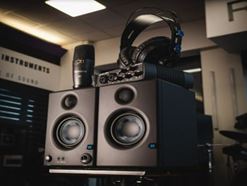Disclaimer: The information in this article is provided by the guest blogger and does not necessarily reflect the views and opinions of guitarguitar.
Ever wondered about the inner workings of a mandolin? Exploring their intricacies is key to understanding their uniqueness and musicality. Today I'm going to delve into the fundamental components of the mandolin to uncover what makes them so special.
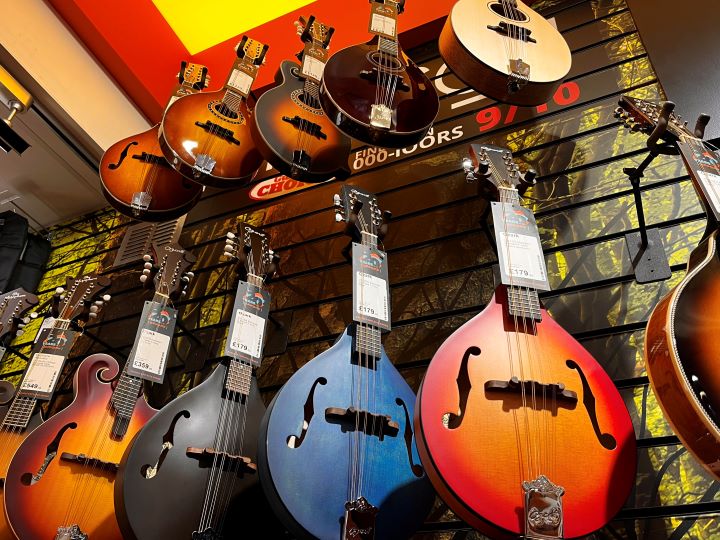
Fundamental Components of the Mandolin
1. The Body
The mandolin's body significantly influences its tonal character and resonance. To better understand how its parts contribute to the instrument's resonance, let's examine each component.
The mandolin's top is usually made of spruce because it is strong, light, and reacts well, producing a nice sound. The shape of the top, whether it's flat or arched, influences the volume of the instrument's projection and sonic qualities. The sound that's produced by arched tops is often more powerful and focused than flat tops.
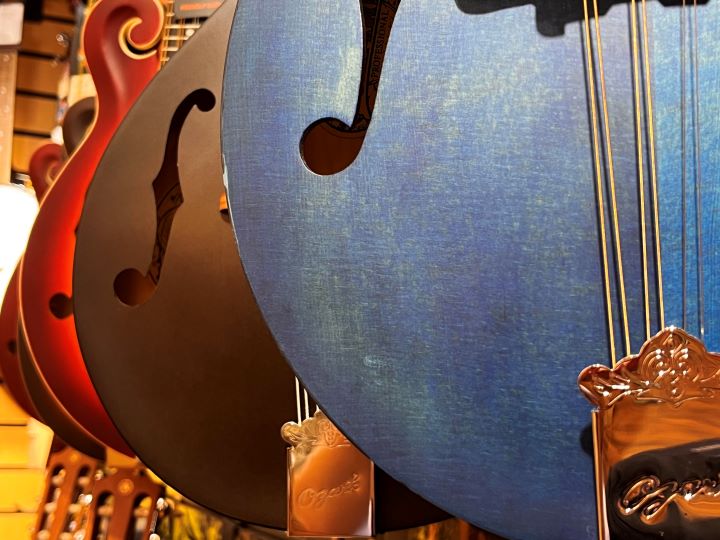
2. The Neck and Soundboard
The mandolin's neck is more than just a support. It connects the player to the soulful resonance of the instrument. Making mandolin necks requires different materials, with a focus on balancing strength and weight. Historically, mahogany and maple have been predominant selections for crafting mandolin necks.
For the soundboard, the majority of mandolin players typically choose between rosewood and ebony:
- Rosewood is popular because of its warm tones and silky feel
- Ebony sounds brighter and has a smoother, more polished surface that makes it easier to play
The player typically selects one of these materials based on their preferred aesthetics and desired tonal qualities.
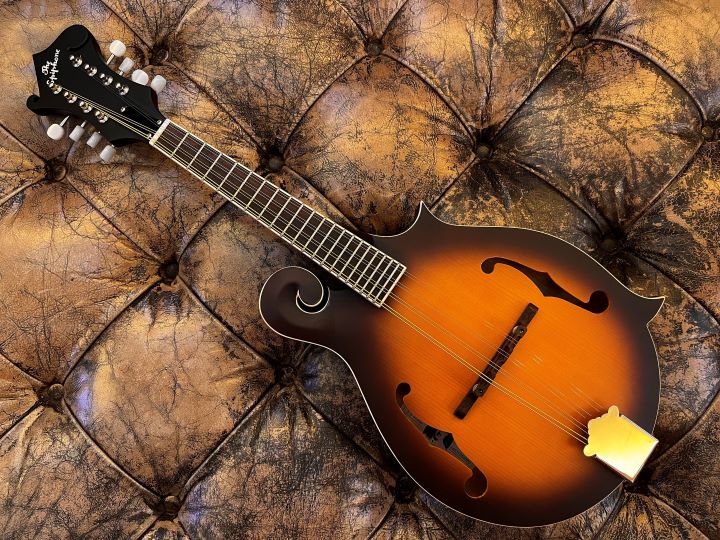
3. Tuning and Adjustments
To uphold pitch stability and simplify tuning, the tuning machines on a mandolin, often referred to as tuners or machine heads, are located on the headstock. These components, tasked with regulating string tension, guarantee the exact tuning of the mandolin's eight paired strings.
Mandolins with movable elements, such as truss rods in the neck and adjustable bridges, are common. Truss rods in the neck adjust the curve, affecting string height and playability. They fix issues like fret buzzing and ensure the instrument performs well.
Adjustable bridges let players change string height and intonation, customising the mandolin's setup to their playing style. These adjustable features allow musicians to make exact changes, resulting in a more pleasant and personalised playing experience.
These elements make up the combination of expertise and artistic expression in creating the mandolin's unique sound. Each component adds to the sound of the instrument, using materials that sound good and match the player's preferences. It emphasises the level of craftsmanship required to sustain the long-standing legacy of Irish mandolin music while also embracing innovation. This dedication results in a playing experience that is both individualised and resonant with the instrument's long history.
Author: Menchu
Bio: McNeela Music was founded by Paraic McNeela in 1979 and has grown to be one of the largest makers of traditional Irish and folk musical instruments in the world. They offer educational blogs about a wide variety of folk instruments as well as an instrument market to those who want to further their musical journey.



